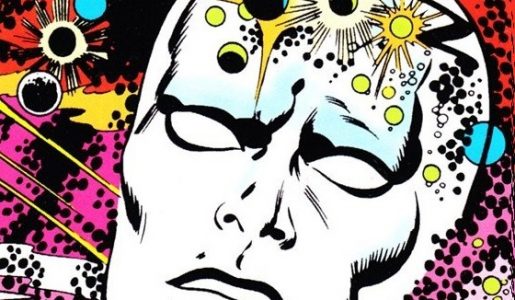“If zero is supposed to signify a hole […] and one is the sign of positivity, digital machines turn these binaries around […] No longer a world of ones and not-ones, or something and nothing, thing and gap, but rather not-holes and holes, not-nothing and nothing, gap and not-gap.”
Sadie Plant, Zeroes and Ones (1997)
“Forms of life and forms of death pass daily through the retina. The constant crash gives life to infrarealist forms: THE EYE OF TRANSITION”
Roberto Bolaño, Infrarealist Manifesto (1976)
End times zero. The end (of) times: autoimmune cellular apoptosis of the last humans at the end of history; ground zero for apocalyptic geo-terror. End times zero: neutralization of all eschatologies and latent messianisms; multiplication of the nothing, the empty set; remains of a non-assimilable difference, supplemental cyberflesh programmatically encoded by eros and thanatos: irreducibly excessive and excremental. Arrival of the posthuman, the inavowable, multiplicity of the future as open and indeterminate, the not-nothing; annihilation of transcendence, expurgation of the sacrificial pound of flesh, human and inhuman viscera yet contesting the grounds of the future like the hauntological borders of burial grounds or archaeological sites eroded by Ozymandian winds in vast empty deserts.
You are lifted from your body as it is pulverized into micro-cosmic clouds of information, digitized and dispersed, your human remains withering away in the empty desert of history, your spirit struggling to hold itself together as you are atomized and uploaded, your experience of consciousness rendered alien, impossible, schizophrenic.
Visceral realism. Simulacrum of a simulacrum: Roberto Bolaño coined the term infrarealism in 1976, drunk on mezcal in Mexico City. In his semi-autobiographical novel, The Savage Detectives (1998), Bolaño elects to use the term visceral realism. “The true imagination is that which destroys, elucidates, injects emerald microbes into other imaginations […] Perception opens by means of an ethic-aesthetic carried to the limit.” Beyond limits: realism of the accursed share, the abject, the pound of flesh, excremental remains (to paraphrase Arthur Kroker) of the symbolic, the cybernetic, the cloud: all that tends towards transcendence, in order to dynamite the future apotheosis of kings-without-organs. Poetry as time war, or “cosmic war,” in the words of Amy Ireland. Or as terrorism of the real against its very cancellation by an inhuman future.
“The Cenobites gave me an experience beyond limits… pain and pleasure, indivisible.
…
“Who are you?
“Explorers in the further regions of experience. Demons to some. Angels to others.
…
“We’ll tear your soul apart.”
The Cenobites are a sublime con-figuration of this cosmic horror. They embody a certain interdimensional aesthetic, the (un)holy fetishization of transcendence, the surgical recombination of the body reassembled together with circuits of death and desire. Precisely the violence of forms of life and death flickering before our all too human eyes: violence of the virtual itself.
No longer the pure immanence and immediacy of las infrarrealistas, but the explosive tension of transcendence within immanence, mechanization of the body and intelligence explosion, automation and colonization of the body, onticide of the artistic subject against the precession of simulacra. Visceral realism cannot but recognize this subject to be disembodied, disemboweled; organs-without-bodies in rough burlap sacks, without human remainder. Visceral realism senses the cosmic winds of neutrino clusters and radioactive elements gusting from the future, mutating human genetic codes and melting the flesh from our bones like lightguns from alien civilizations.
“— We dreamed of utopia and woke up screaming.
“The true poet is one who always abandons himself.”
If visceral realism is a transcendental aesthetic—one that situates itself among the excremental remains of a movement towards transcendence—then it is also a research program: one whose consequences remain to be thought, and whose concepts remain to be invented.
In short: visceral realism is a philosophy of the remainder, of remains, of incomplete burials, of forms of life animated by forces of death (and vice versa). If Bolaño was alive today, he could perhaps become a visceral realist—him and Mary Shelley, Rimbaud, Artaud, Hölderlin and Hijikata Tatsumi. But none are alive; all have disintegrated and their memories remain simulacra of simulacra.
